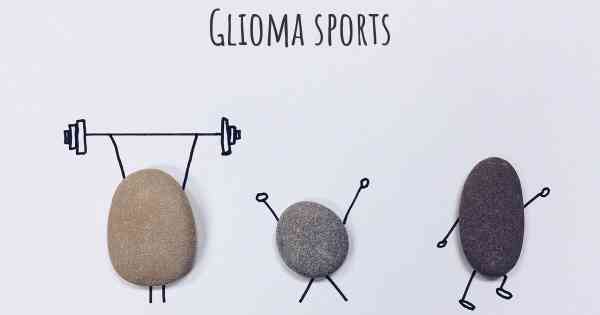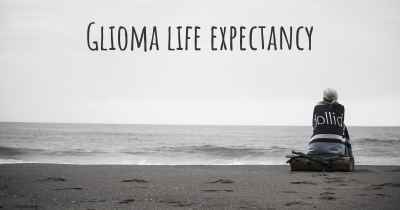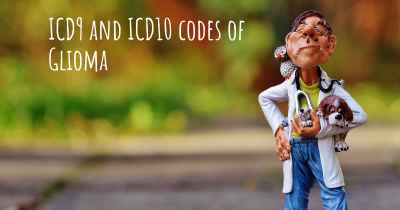Is it advisable to do exercise when affected by Glioma? Which activities would you suggest and how intense should they be?
See if it is advisable for people with Glioma to practice sports and which ones are the most recommended if you have Glioma

Is it advisable to do exercise when affected by Glioma?
Glioma is a type of brain tumor that can have a significant impact on a person's physical and cognitive abilities. When dealing with such a serious medical condition, it is crucial to consult with a healthcare professional before starting any exercise regimen. The advice provided here is general in nature and should not replace personalized medical guidance.
Benefits of Exercise for Glioma Patients
Engaging in regular exercise can offer several benefits for individuals affected by glioma:
- Improved Physical Functioning: Exercise can help maintain or improve physical strength, flexibility, and endurance, which are essential for daily activities and overall quality of life.
- Enhanced Mental Well-being: Physical activity has been shown to reduce anxiety, depression, and stress levels, promoting better mental health and emotional well-being.
- Increased Cognitive Function: Some studies suggest that exercise may have a positive impact on cognitive function, including memory and attention, which can be affected by glioma and its treatments.
- Enhanced Immune Function: Regular exercise has been associated with a strengthened immune system, potentially aiding in the body's ability to fight off infections and support overall health.
Choosing the Right Activities
When selecting exercises, it is important to consider the individual's overall health, physical abilities, and any limitations imposed by the glioma or its treatment. Here are some activities that may be suitable:
- Aerobic Exercises: Low-impact activities like walking, swimming, or stationary cycling can help improve cardiovascular fitness without placing excessive strain on the body.
- Strength Training: Light resistance exercises using bodyweight, resistance bands, or light weights can help maintain muscle strength and prevent muscle loss.
- Flexibility and Balance Exercises: Stretching exercises and activities like yoga or tai chi can help improve flexibility, balance, and coordination.
- Mind-Body Exercises: Practices such as meditation, deep breathing exercises, or gentle yoga can help reduce stress and promote relaxation.
Exercise Intensity and Safety
The intensity of exercise should be determined on an individual basis, considering factors such as overall health, fitness level, and any treatment-related side effects. It is crucial to start slowly and gradually increase the intensity and duration of exercise over time.
Here are some general guidelines to ensure safety during exercise:
- Consult with a Healthcare Professional: Before starting any exercise program, it is essential to consult with a healthcare professional who can provide personalized advice based on the individual's specific condition.
- Listen to Your Body: Pay attention to any symptoms or discomfort during exercise. If experiencing dizziness, severe headaches, shortness of breath, or any other concerning symptoms, it is important to stop exercising and seek medical attention.
- Stay Hydrated: Drink plenty of water before, during, and after exercise to stay properly hydrated.
- Modify as Needed: Adapt exercises to accommodate any physical limitations or side effects of treatment. For example, if experiencing balance issues, exercises can be performed while seated or holding onto a stable surface.
- Rest and Recovery: Allow for adequate rest between exercise sessions to prevent overexertion and promote recovery.
Conclusion
Engaging in regular exercise, under the guidance of a healthcare professional, can have numerous benefits for individuals affected by glioma. It is important to choose appropriate activities, start slowly, and listen to the body's signals. Exercise should be seen as a complementary approach to medical treatment and should always be done in consultation with a healthcare team.








